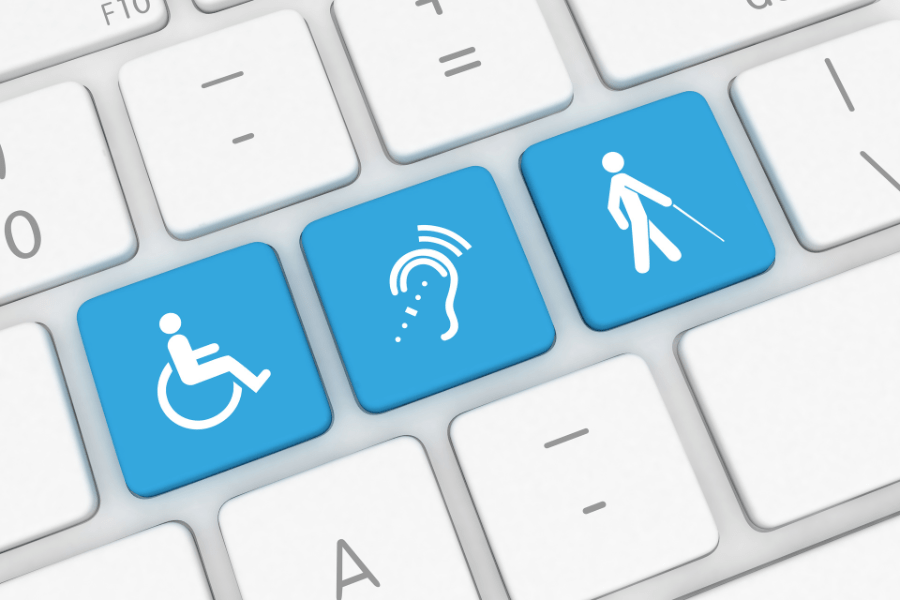
Seven Key Steps to Creating an Accessible Workplace
Ruth Starr Change Management, Strategic Planning, Performance Optimization, Workforce Transformation, Diversity, Equity, Inclusion & AccessibilityThe World Health Organization estimates that individuals with disabilities represent the largest global minority, approximately 15% of the global population.1 In the United States, 26% of adults have some form of disability.2 In a globally aging population, with greater demands for digitization and connectivity, accessibility has never been more critical to consider and integrate in our daily work.
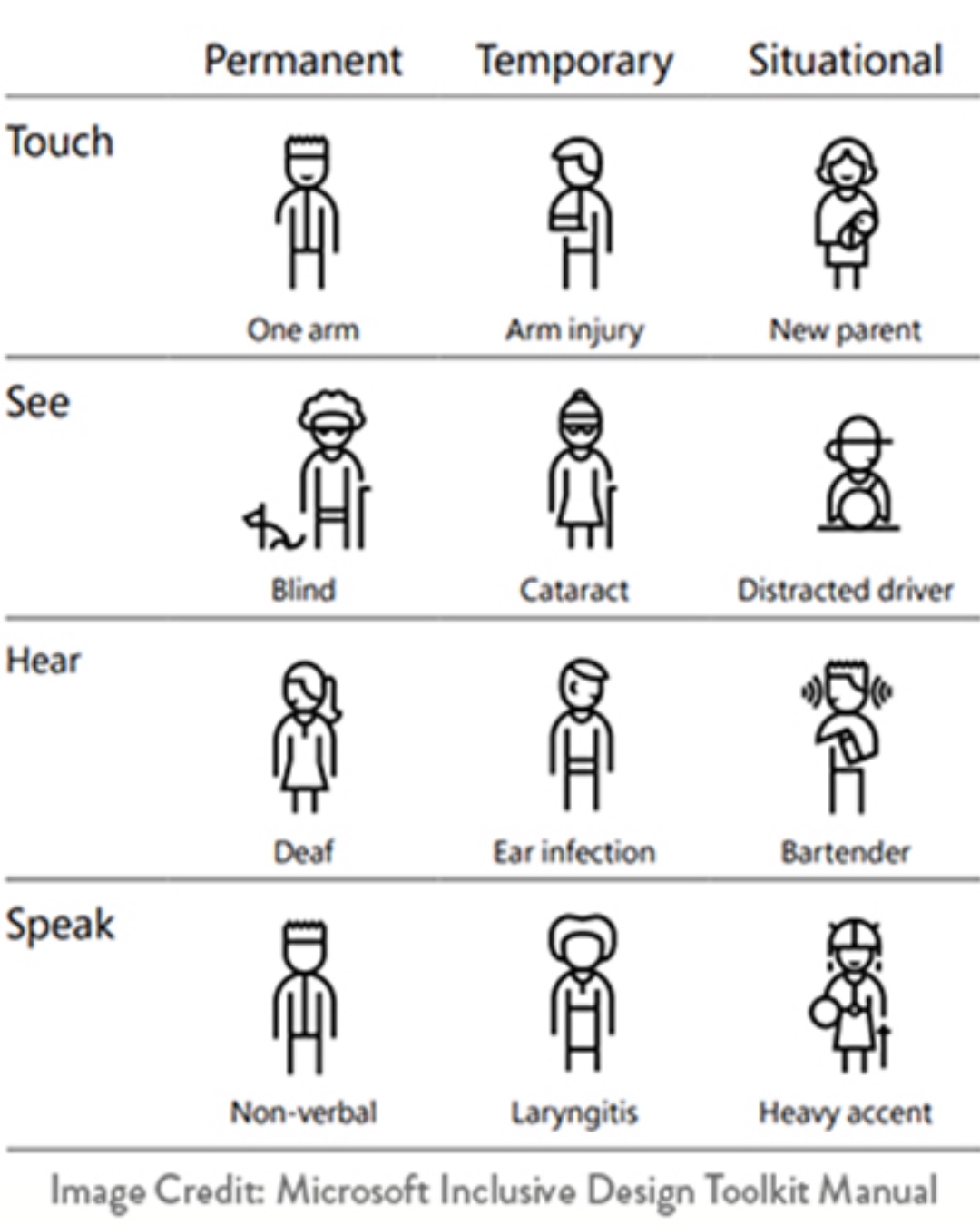
Actively integrating inclusive design and accessibility principles into our workplace practices leads to several outcomes:
- We work toward not unintentionally excluding or marginalizing people based on their abilities. This shift lessens the burden on individuals with disabilities to request or advocate for accessibility and, instead, builds in inclusion from the start.
- We prioritize accessibility and inclusion. By raising awareness of simple steps for improving accessibility and integrating them into daily practice among our colleagues and teams, we model our values and welcome individuals with disabilities, encouraging them to contribute. By practicing an ethos of accessibility throughout our work, we create a more inclusive experience for everyone.
- We create inclusive innovative solutions that consider the breadth of human difference. Taking proactive measures for accessibility at the beginning of a project or process and throughout creates better, more creative solutions. Addressing accessibility considerations for a specific disability often improves solution for everyone. As the figure shows, designing for various sensory attributes better serves not only individuals with a permanent disability but those with a temporary disability, like an injury or illness, and situational impacts. For example, a solution for someone who is Deaf, such as captioning, also benefits an individual experiencing an ear infection or a bartender in a noisy environment.3
What can we do every day to increase accessibility in the workplace?
-

1. Email Communications
How we communicate in the workplace matters. Incorporating a few basic accessibility practices when writing emails better communicates with all potential members of your audience:
Avoid naked URLs and use meaningful hyperlink text (no “click here,” please!).
Create alternative text for graphics or images.
Avoid too much formatting (left-aligned text using one font style increases readability).
Do not use color alone to convey meaning (such as putting action items in red); use multiple means of distinguishing these features (for example, adding an underline too: actions in red).
-
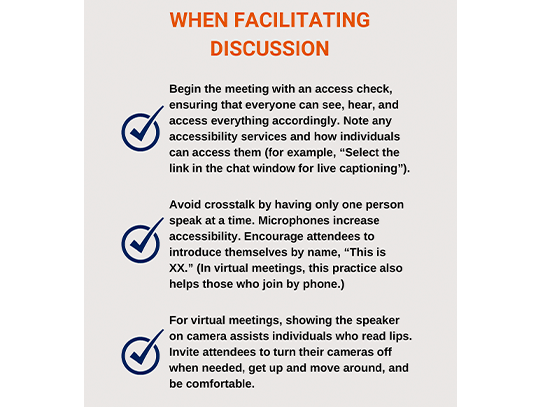
2. Organizing Meetings and Events
Planning a Meeting
When organizing meetings and events (in-person, virtually, and hybrid), simple steps contribute to more inclusive experiences. Prior to the meeting, clearly indicate any accessibility services that the meeting will have by default while offering a point of contact for participants to request additional accommodations in advance. Learn about the native accessibility features of teleconference platforms, such as Zoom, Teams, and WebEx, which all offer live-captioning capabilities. For high-level meetings, a live caption provider improves accuracy.
Ensure the accessibility of materials for the meeting, such as slides, handouts, and the agenda, and share these with attendees prior to the event. For in-person meetings, ensure the physical accessibility of meeting space and other facilities.
-

3. Creating Documents
Many of the tips for emails apply when creating various types of documents, such as presentations and reports. Refer to individual guidelines for more specific considerations for document types (.pdf, .xlsx, .ppt, and .doc). Use the accessibility checker available in many products to find elements needing adjustment.
- Use a legible font and type size (aim for 14 pt. and above, particularly for slides).
- Consider color contrast (use a color contrast checker) to ensure enough distinction between the text color and a background.
- Consider reading level and plain language.
- Add alternative text for images and graphics.
- Use built-in styles, layouts, and headings to give your document architecture.
-
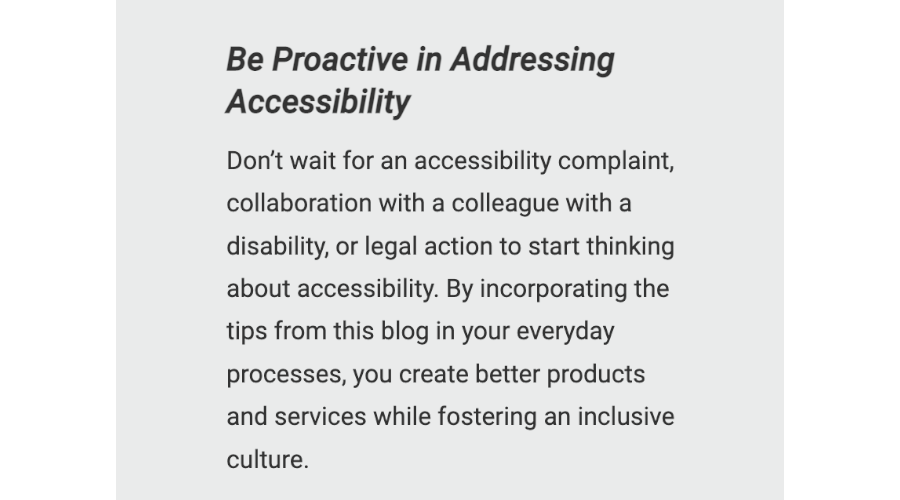
4. Practice Allyship: Ask How Your Projects Consider Accessibility
Too often, accessibility isn’t addressed simply because it isn’t a topic of discussion or raised as a part of business planning. We can all ask the question: How are we considering accessibility in the development of this project? Or have we thought about accessibility while working on this? Hint: you don’t have to have all the answers to ask the question! Be the person who makes space for the conversation to happen. When you’re collaborating with colleagues, ask about accessibility and take advantage of resources to offer initial steps. Starting a dialogue around accessibility goals and opportunities uncovers gaps. Although not all aspects of accessibility may be able to be addressed right away, asking questions consistently prevents us from inadvertently or unintentionally leaving out accessibility considerations.
-
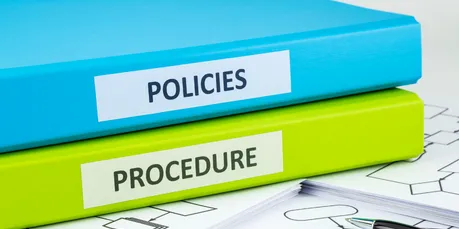
5. Develop Accessibility Policies and Processes for Accountability
As with any change effort, a serious commitment to accessibility requires adopting policies for consistent business operations. These policies can focus on information technology, communications, meetings, and other activities based on the areas of greatest need. To ensure consistent adherence to policies, establish processes for accountability and assess conformance routinely, offering feedback to ensure ongoing improvements. Create or direct employees to resources to ensure that all members of the workforce are well-equipped to satisfy accessibility requirements.
-
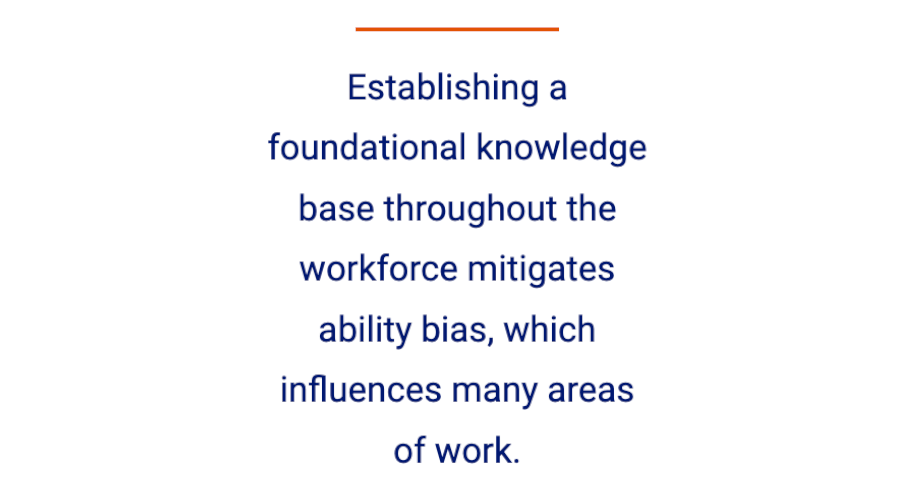
6. Offer Ample Learning Opportunities
Raising awareness among the workforce on strategies for increasing accessibility is a critical part of embedding accessibility in the workplace. Ample resources, guides, and learning offerings—teaching general concepts on disability, justice, accessibility, and more specialized topics, such as digital accessibility or inclusive design—are essential to developing a deeply integrated practice. Establishing a foundational knowledge base throughout the workforce mitigates ability bias, which influences many areas of work.
-

7. Build in Time for Accessibility Checks and Reviews
Lots of resources can build your awareness on core accessibility considerations and applications for various software, projects, and processes. When working on a deliverable, plan adequate time for an accessibility review. Ask for feedback to learn how you can create more accessible documents from the start.
It’s Up to All of Us to Embed Accessibility in Our Culture and Work
Small adjustments in our business processes lead to greater inclusion. By raising awareness of accessibility considerations in our workplace communications, meetings, documents, and project planning, we significantly improve the experience of individuals with disabilities and everyone. Creating an inclusive culture and workplace requires continued learning and application, along with building in accountabilities to maintain accessibility consistently throughout operating practices.
1 World Health Organization, Disability and Health Factsheet, November 24, 2021.
2 Centers for Disease Control and Prevention (CDC), "CDC: 1 in 4 US Adults Live with a Disability," August 16, 2018.
3 Microsoft, "Inclusive Design," 2018.


Ruth Starr
Sr. Consultant, Change ManagementRuth Starr is a Change Management Consultant with LMI supporting NASA’s Science Mission Directorate IDEA (Inclusion, Diversity, Equity, and Accessibility) initiatives, including change management, learning development, strategic communications, and project implementation.


